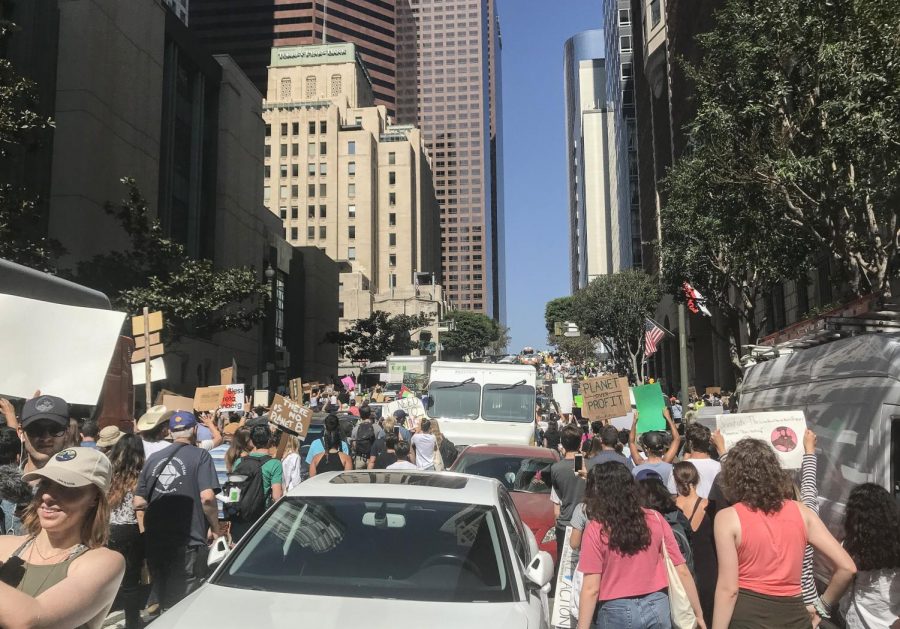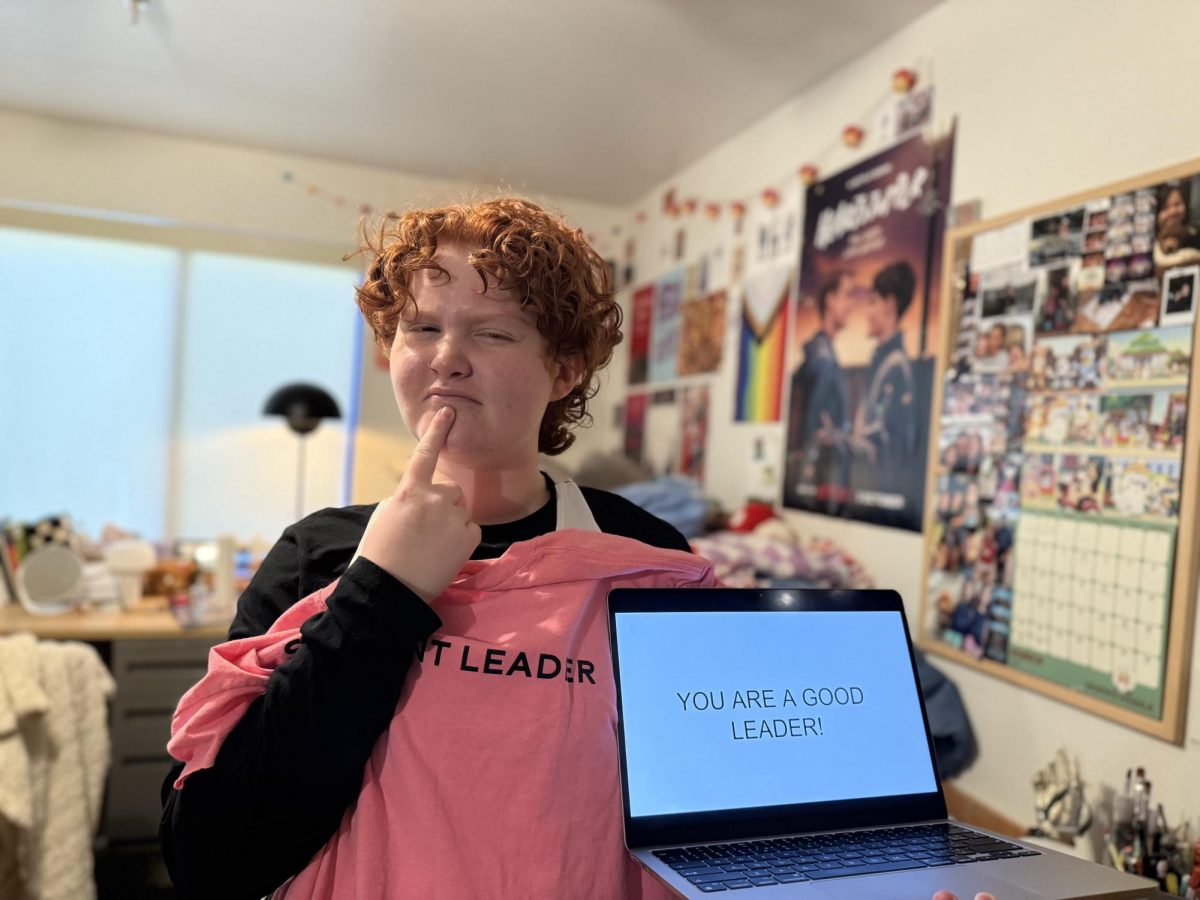As young people mature, they become more conscious of issues like climate change, gun violence, and economic inequality, and since most high school students cannot vote, it is easy for them to become frustrated by a perceived lack of agency in political and social processes. These days, almost everyone has access to social media, and many students turn to their phones to “raise awareness” for issues important to them. So-called “clicktivism” has become increasingly prevalent among young people in recent years; the idea that anyone could create social change through a well-worded Instagram story or tweet is quite compelling. However, this individualistic and self-centered approach to activism is not only ineffective, it is dangerous.
One of the more popular causes for high schoolers to get behind lately has been the horrifying fires ravaging the Amazon Rainforest. The fires pose a huge threat to the oxygen we breathe, the habitats of endangered species, and the homes of thousands of indigenous Brazilians. And if you believe your friend’s Instagram story, all it would take for you to save the day is to stop eating meat or using palm oil, even though the fires are actually being set to benefit massive agribusiness corporations encouraged by Brazil’s semi-fascist government.
While it is admirable that some teenagers are attempting to be conscious of global issues that will ultimately have the largest impact on our own generation, the idea that social change can be generated from the couch on the platforms used to share strange images of Spongebob Squarepants and sell overpriced sneakers is fundamentally misguided.
In his 2010 essay Clicktivism is ruining leftist activism, Micah White, co-creator of Occupy Wall Street, writes that “the trouble with [the online] model of activism uncritically embraces the ideology of marketing. It accepts that the tactics of advertising and market research used to sell toilet paper can also build social movements.”
The reliance on pure numbers and data to quantify the success of a movement often leads to organizations asking less and less of their members, and posits that posting to “raise awareness” is somehow enough to make up for a lack of physical activism. By buying into the logic of the capitalist consumer culture that “clicktivists” claim to be protesting, they create little more than ineffective marketing campaigns that distract from actually radical, subversive movements.
Resistance cannot be simulated or replaced, it has to be seen and felt and heard, which is what made the nationwide Week of Action for climate justice so powerful. On September 20th, tens of thousands of students and young adults skipped school and work to attend climate strikes in cities across the country. The Los Angeles strike, organized entirely by students, drew crowds of around fifteen thousand who shut down the streets on a march to city hall. The organizers understand that social change is not born from passivity, but direct, disruptive action. Webb students should know that they are capable of more than just posting online. Anyone, especially youth, can make a difference through radical activism. Stay in the streets.







![Many Webb students spend their free time in the library watching a popular TV show like Riverdale and Euphoria. “Based off what I’ve seen, like in Euphoria, because the actors are older, they don't showcase an actual high school life properly,” Sochika Ndibe (‘26) said. “Since [the actors] are older [and] playing a teenager, from a girl’s perspective, it is going to make you think you should look more developed at a young age.” The actor, who plays Veronica Lodge, was 22 years old at the time of filming.](https://webbcanyonchronicle.com/wp-content/uploads/2025/03/Antecol-Media-affects-how-society-functions-graphic-1200x900.png)

